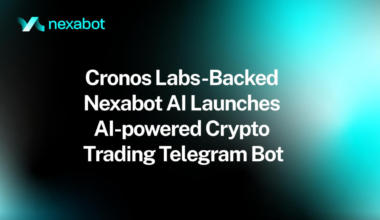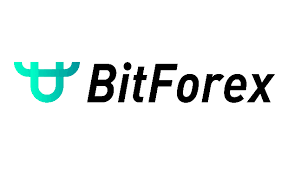On Thursday, Ethereum’s core developers met to discuss modifications to the blockchain’s consensus layer, preparing for the next upgrade after Shapella, Cancun-Deneb.
The Shapella upgrade, which introduced validator withdrawals, was activated earlier this month, and now the team is working on the next upgrade, expected to occur later this year.
The primary goal of the Cancun-Deneb upgrade is to make Ethereum more affordable for users by implementing changes across the blockchain’s two mainnet layers: the execution layer, which manages smart contract execution, and the consensus layer, responsible for blockchain consensus via staking.
To clarify, the execution layer upgrade will be called Cancun, while the consensus layer upgrade will be called Deneb, giving the combined upgrade its name, Cancun-Deneb.
So, what’s next for Ethereum? The most significant change anticipated in the Cancun-Deneb upgrade is Ethereum Improvement Proposal (EIP) 4844, also known as “proto-danksharding.” This EIP aims to enhance Ethereum’s scalability beyond the current capabilities of Layer 2 solutions.
To address the data and storage demands of blockchain applications, EIP-4844 will enable temporary storage and retrieval of off-chain data by Ethereum nodes.
If successfully activated, EIP-4844 is expected to lower the cost of transactions on Layer 2 rollup solutions, such as Optimism and Arbitrum, compared to their current rates.
During the call, developers announced that a fifth multi-client devnet would be launched in the following week to test EIP-4844, as noted by Christine Kim, the vice president of research at Galaxy Digital, who attended the developers’ meeting.
EIP-4844 has already been tested on four other devnets, indicating that progress is being made towards implementing this crucial upgrade.



